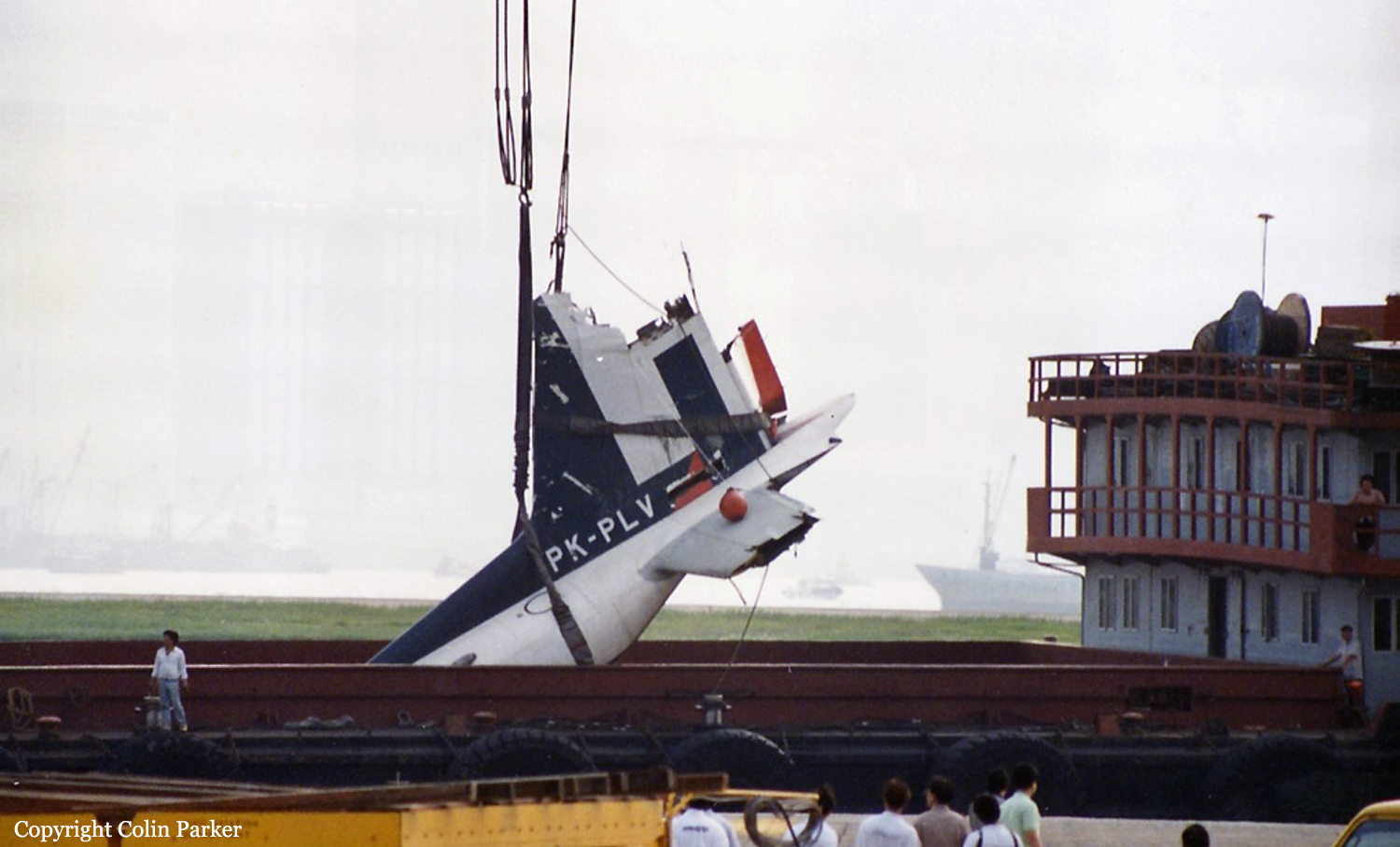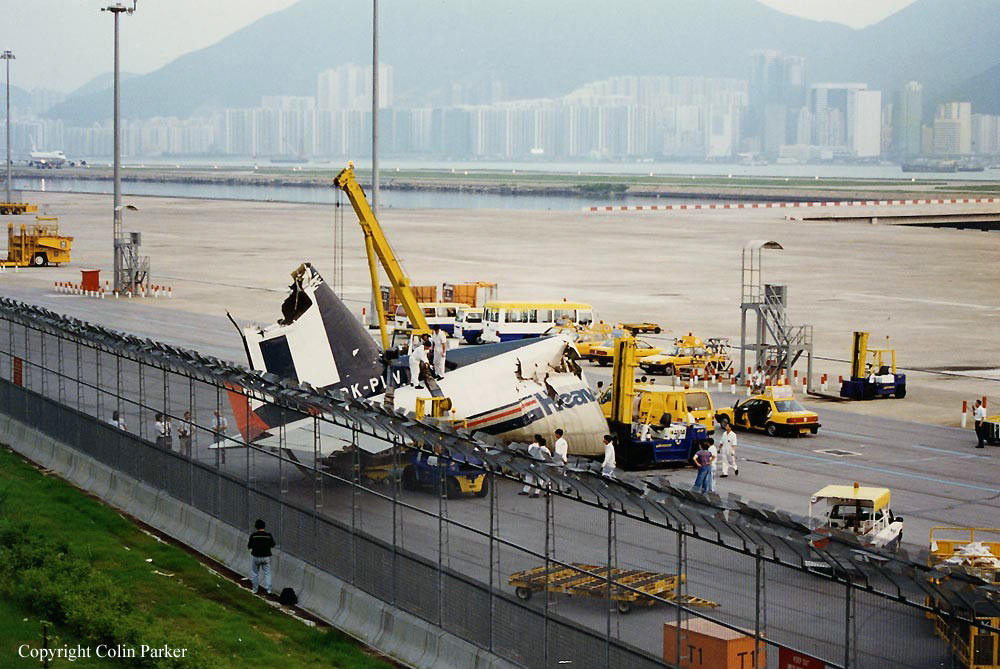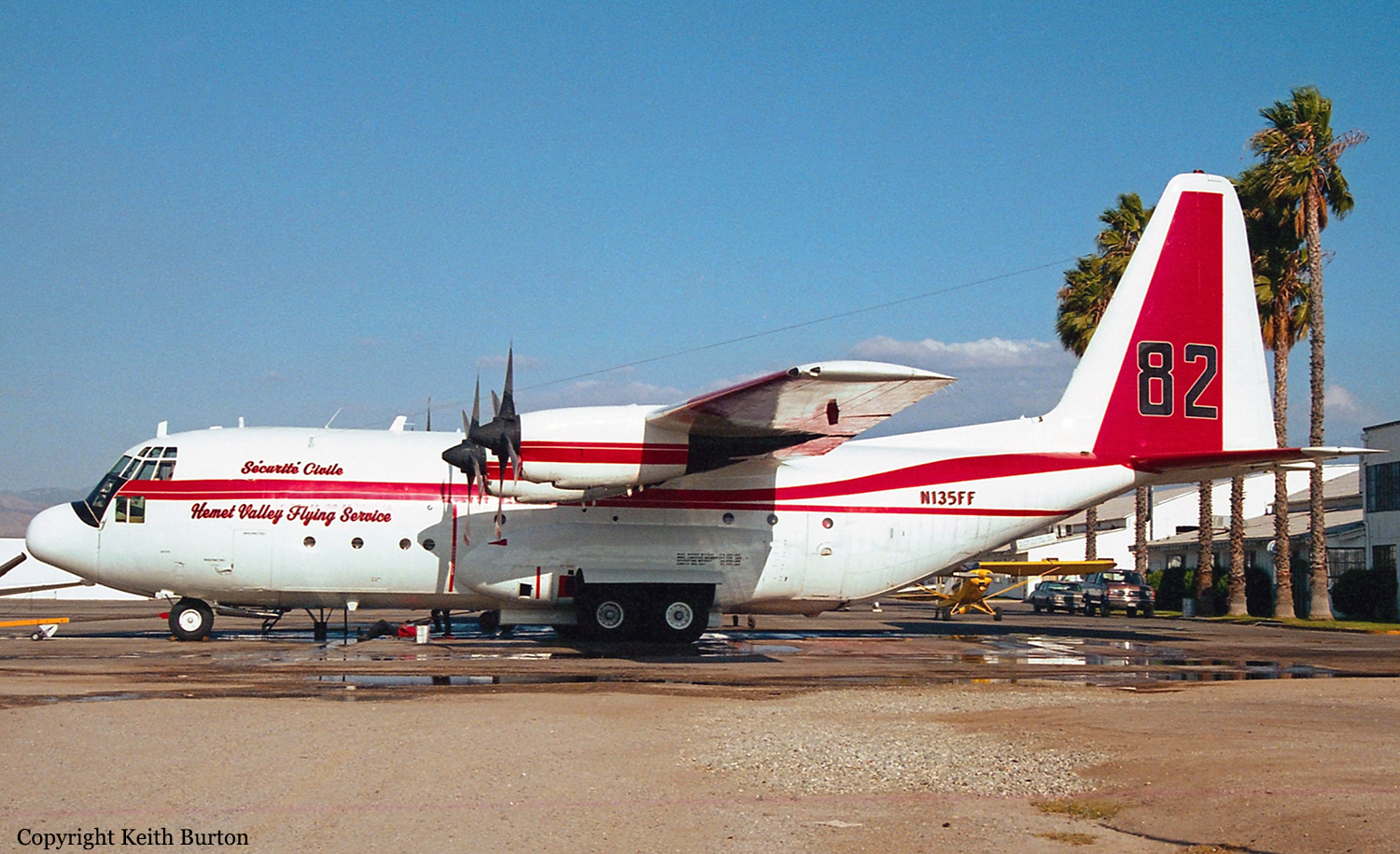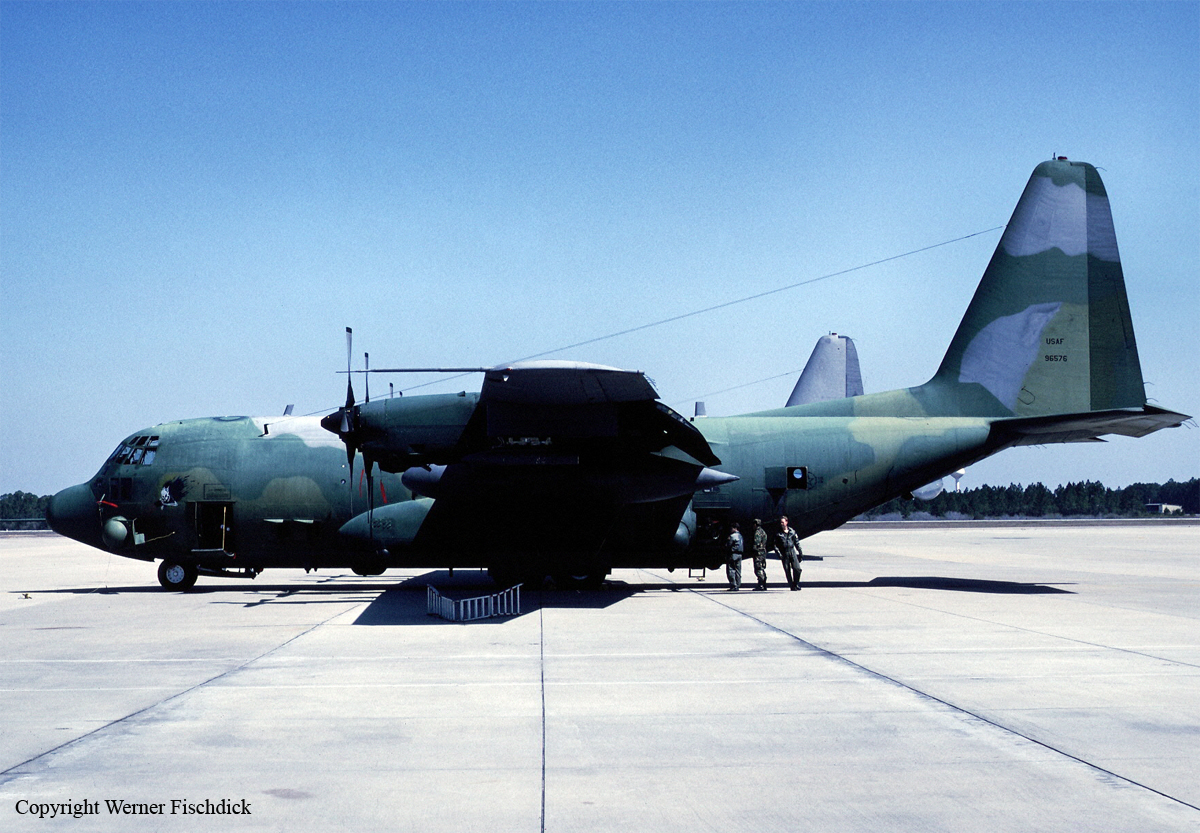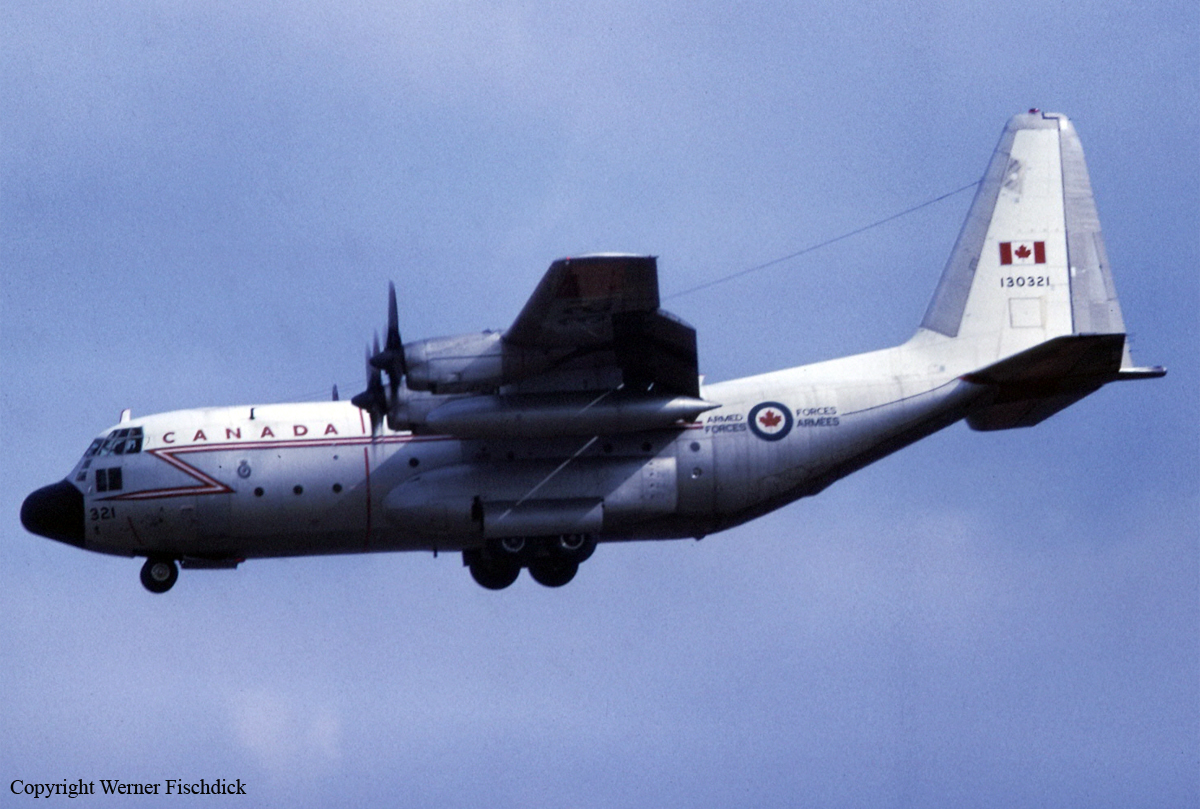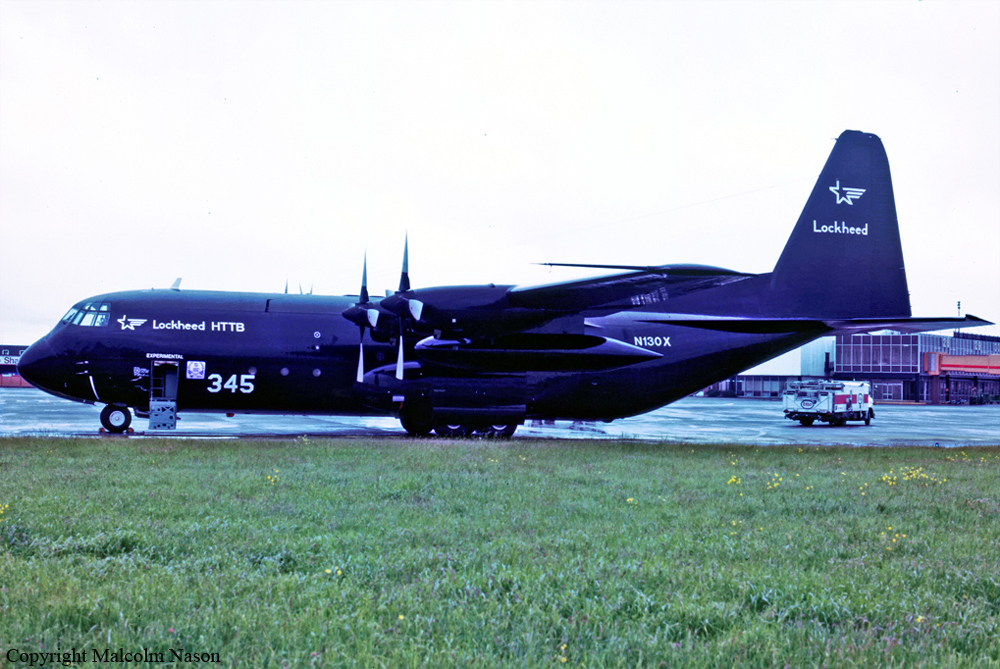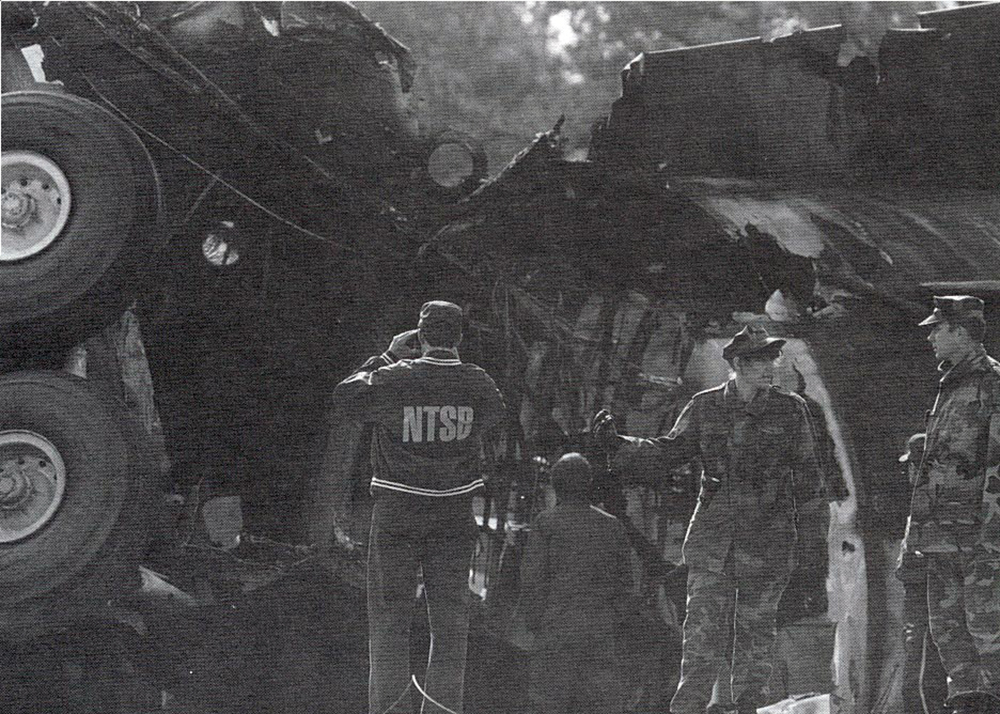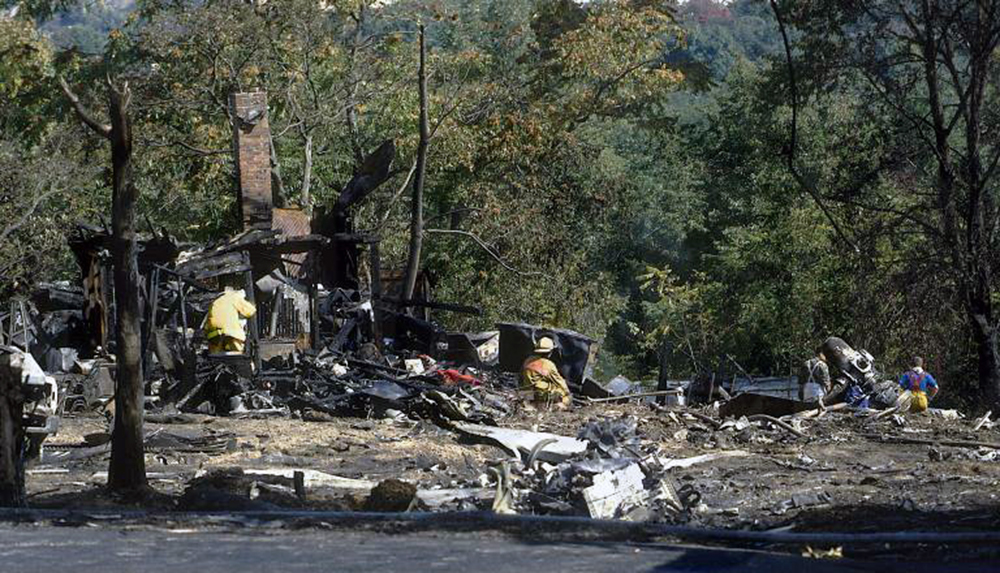Crash of a Lockheed L-382G-43C Hercules in Hong Kong: 6 killed
Date & Time:
Sep 23, 1994 at 1915 LT
Registration:
PK-PLV
Survivors:
Yes
Schedule:
Hong Kong - Djakarta
MSN:
4826
YOM:
1979
Crew on board:
6
Crew fatalities:
Pax on board:
6
Pax fatalities:
Other fatalities:
Total fatalities:
6
Captain / Total hours on type:
3949.00
Copilot / Total hours on type:
2570
Aircraft flight hours:
15223
Circumstances:
Following a normal takeoff roll, the pilot-in-command started the rotation. During initial climb, at a height of about 100 feet and at a speed of 122 knots, the engine n°4 went into Beta range and lost power. The crew elected to regain control but the aircraft rolled to the right, causing the right wing to struck the grassy area along runway 13. Out of control, the aircraft plunged in the Kowloon Bay and came to rest 500 metres offshore. Six occupants were rescued while six others were killed.
Probable cause:
The accident was the consequence of the following factors:
- The n°4 propeller went into Beta range shortly after rotation because the cable of the speed lever failed,
- The crew were unable to maintain control of the aircraft following this occurrence.
- The n°4 propeller went into Beta range shortly after rotation because the cable of the speed lever failed,
- The crew were unable to maintain control of the aircraft following this occurrence.

